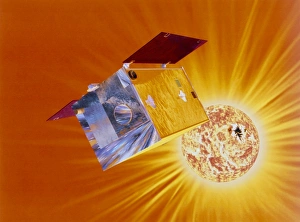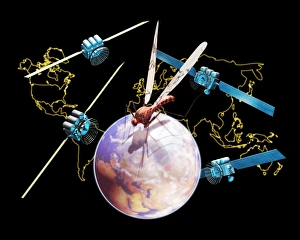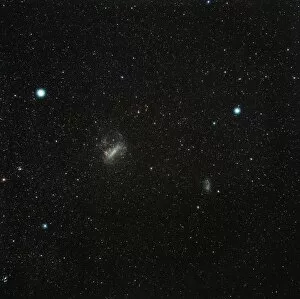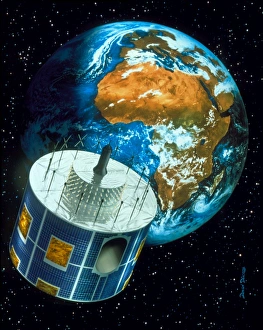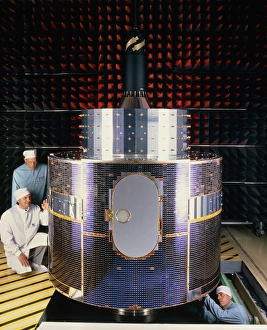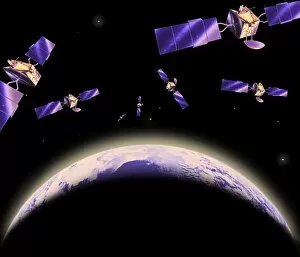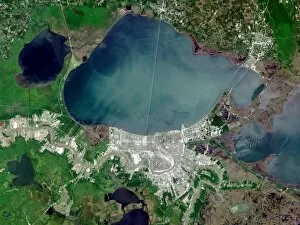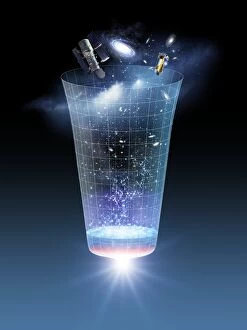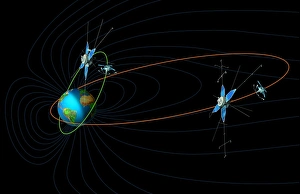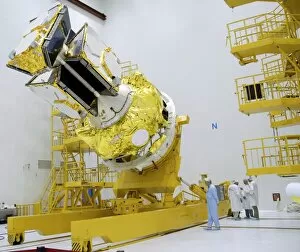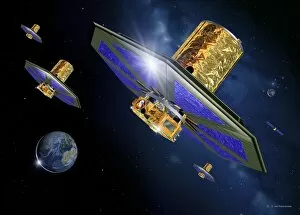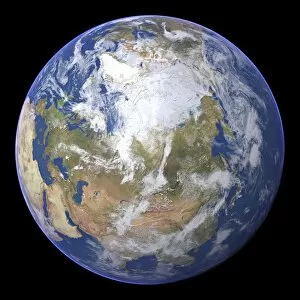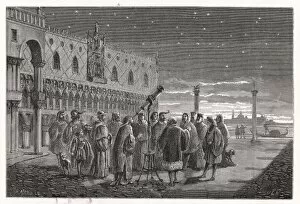Satellites Collection (page 3)
"Exploring the Boundless Universe: A Glimpse into Satellites and their Wonders" Whole Earth (Blue Marble 2000
All Professionally Made to Order for Quick Shipping
"Exploring the Boundless Universe: A Glimpse into Satellites and their Wonders" Whole Earth (Blue Marble 2000): Witness the breathtaking beauty of our planet captured by satellites, showcasing its vibrant colors and intricate details from space. VLA (Very Large Array) of the National Radio Astronomy Observatory, New Mexico: Discover the colossal antennas forming an impressive array in New Mexico, enabling us to unravel mysteries of the universe through radio astronomy. Africa, satellite image: Marvel at a bird's-eye view of Africa as seen from space, revealing its diverse landscapes, majestic rivers, and bustling cities. Planet Mars seen from one of its moons: Journey beyond Earth as satellites capture a mesmerizing glimpse of Mars viewed from one of its enigmatic moons – a captivating sight that ignites curiosity about our neighboring planet. Waning crescent Moon: Delight in the ethereal elegance of a waning crescent Moon captured by satellites, illuminating the night sky with its gentle glow. Galileo & Cosmo De Medic: Pay homage to two visionaries who revolutionized our understanding of celestial bodies - Galileo Galilei and Cosimo de' Medici - whose contributions paved the way for modern satellite technology. Cuba: Embark on an aerial voyage over Cuba through satellite imagery; witness this Caribbean gem adorned with pristine beaches, lush forests, and vibrant culture. Orbiting Carbon Observatory artwork: Dive into artistic renditions depicting cutting-edge technologies like NASA's Orbiting Carbon Observatory aimed at monitoring greenhouse gases and advancing climate research for a sustainable future. Blunt / Jupiter & Moons / 10: Unveil Jupiter's grandeur through satellite images capturing this gas giant alongside its enthralling moons – an awe-inspiring testament to nature's boundless wonders within our solar system. Copernicus System (2).

